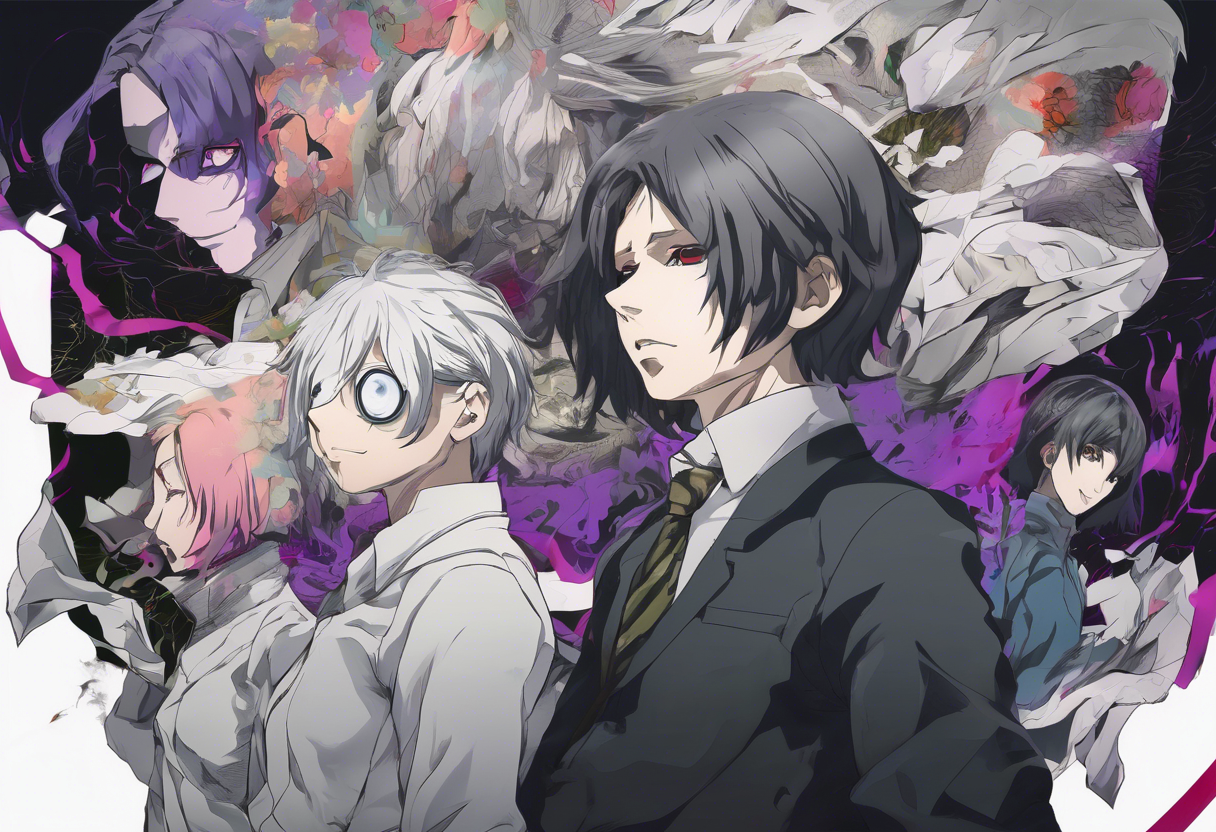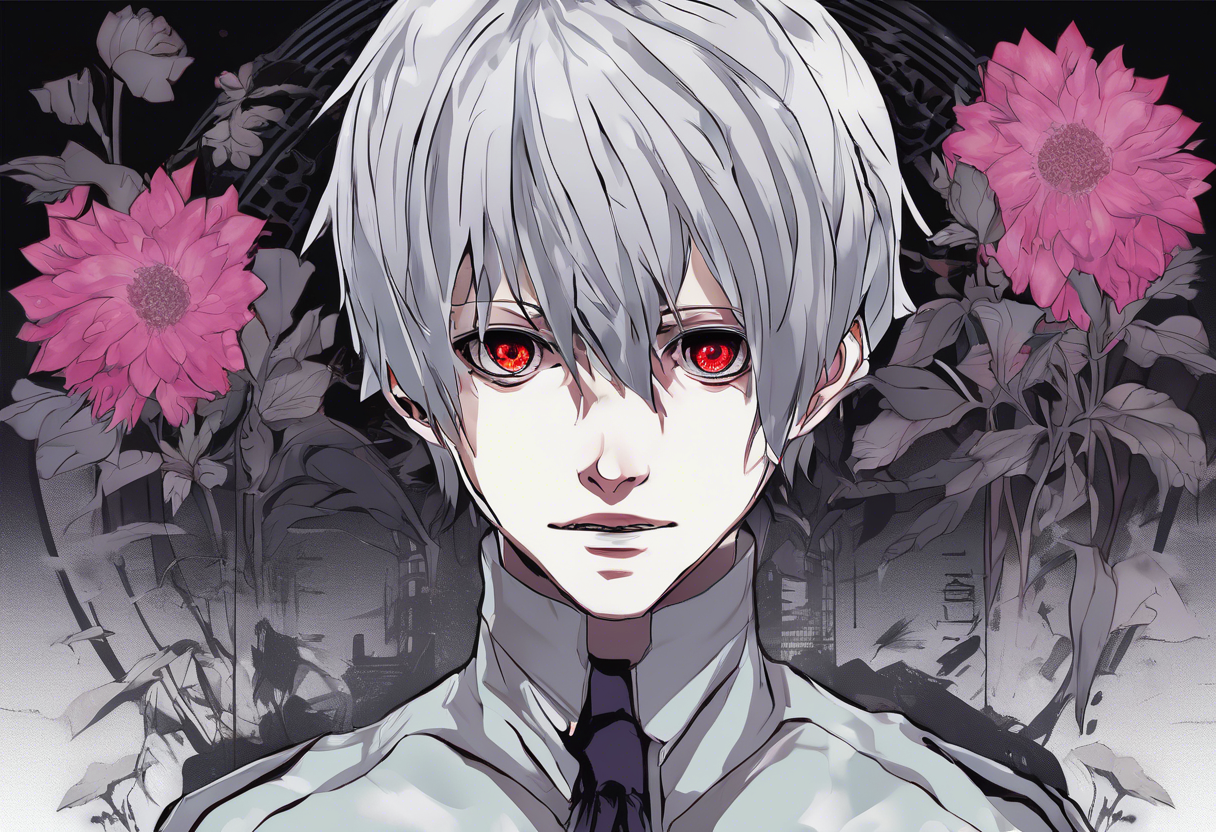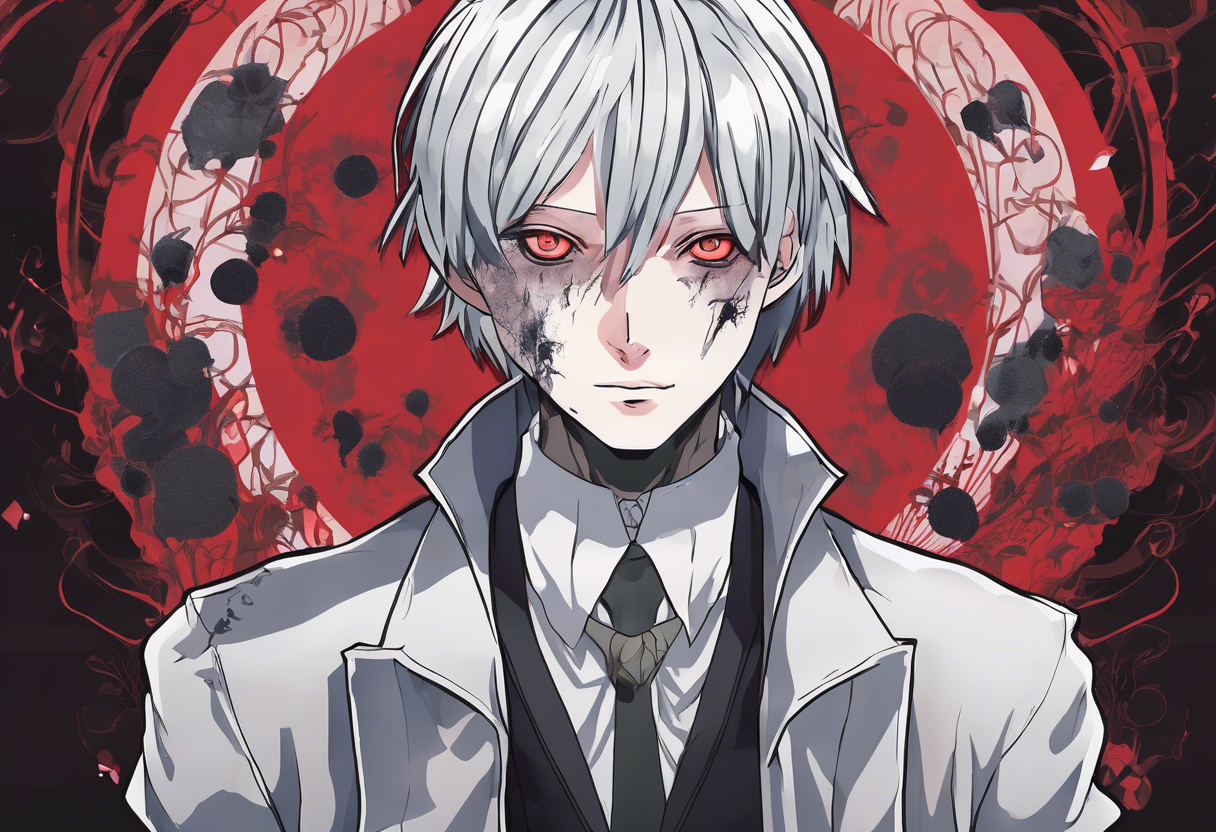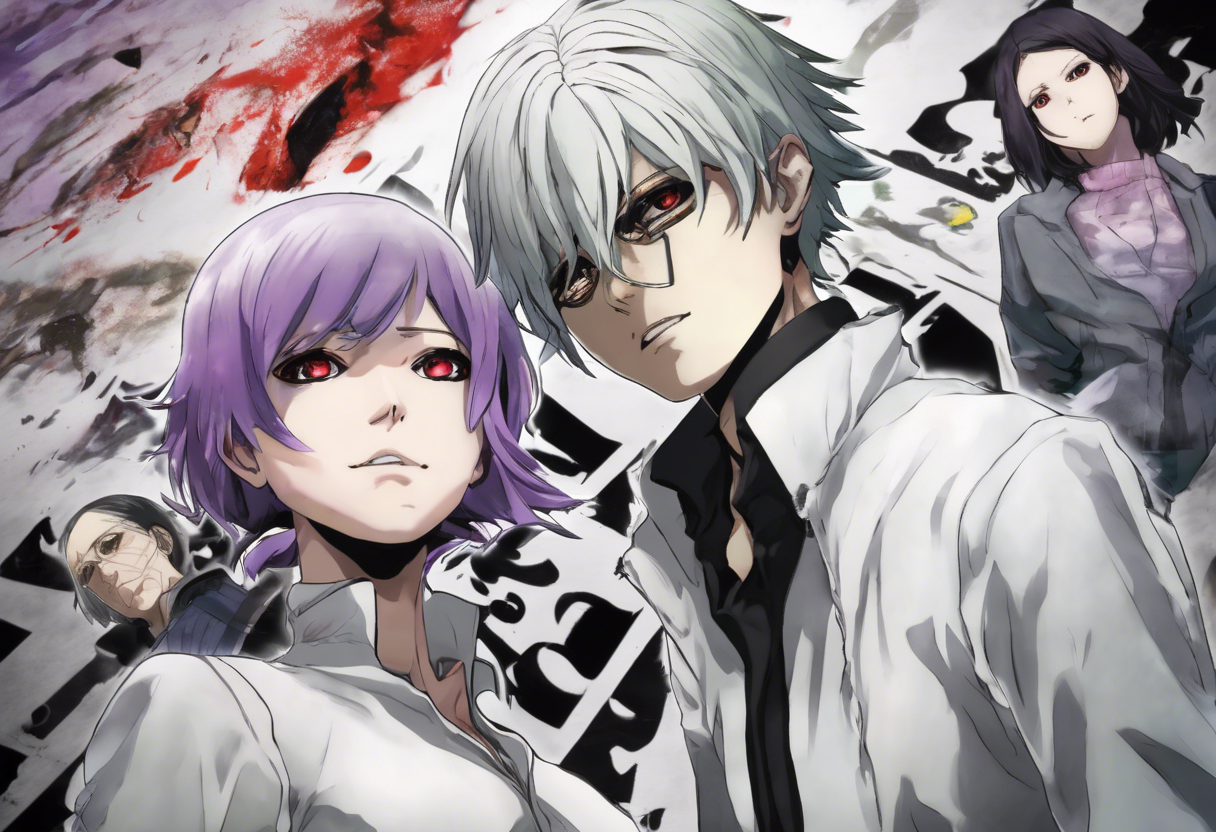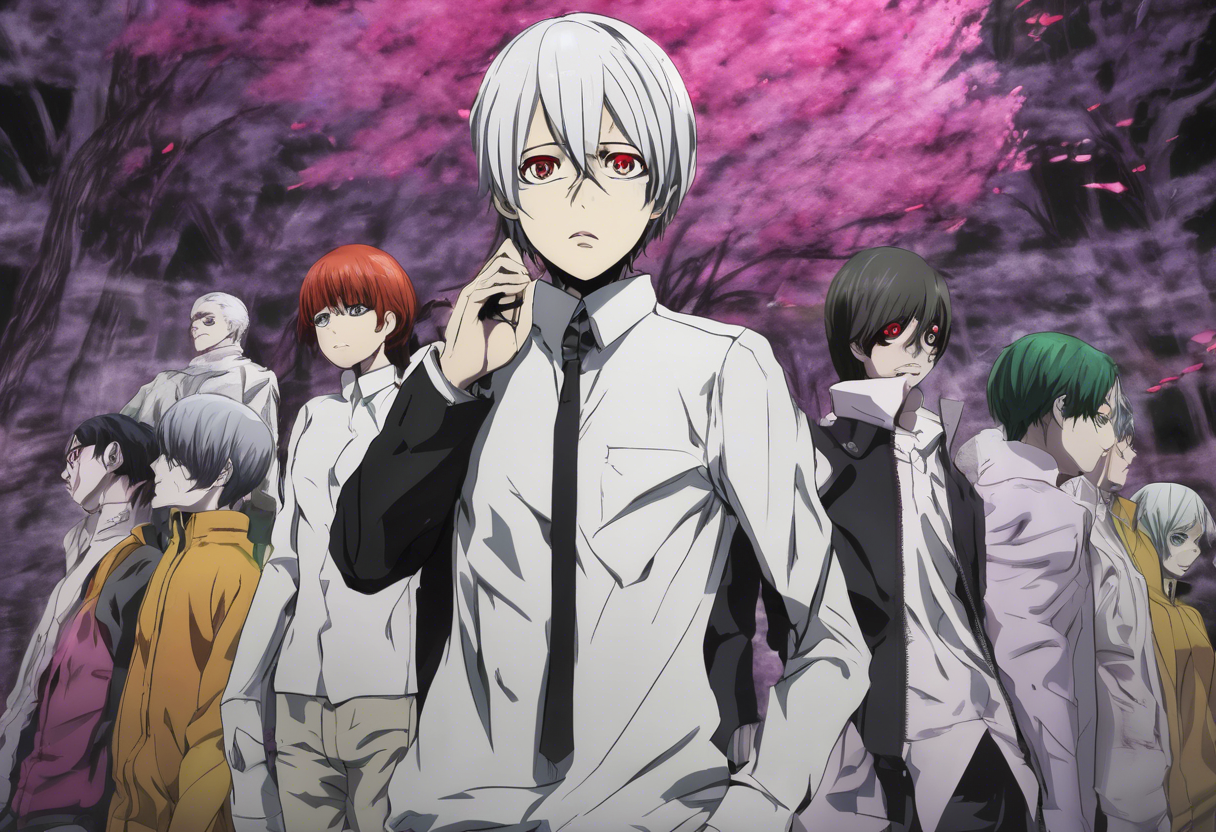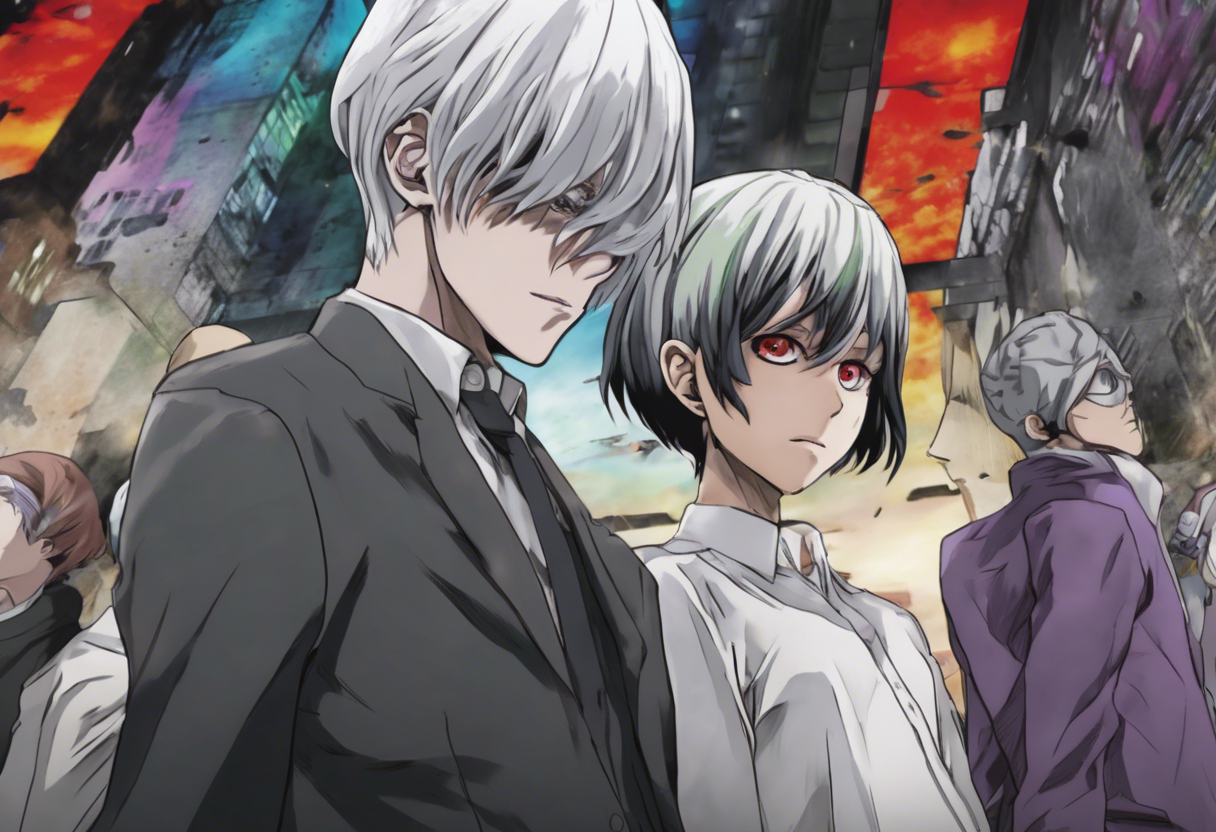Contents
Introduction
Tokyo Ghoul:re – Episode 44: incarnation: Awakened Child is a pivotal episode in the second season of the anime series Tokyo Ghoul:re, which is a continuation of the original Tokyo Ghoul series. The anime is based on the manga of the same name by Sui Ishida and is produced by Pierrot, a renowned anime production studio. The episode was directed by Odahiro Watanabe, with scripts written by Chūji Mikasano, and produced by a team that includes Ken Hagino and others.
Released in 2018, this episode marks a significant point in the narrative arc of Tokyo Ghoul:re, which delves deeper into the complexities of the ghoul world and the moral ambiguities faced by its characters. What sets Tokyo Ghoul:re apart is its dark and introspective exploration of themes such as identity, morality, and the struggle between humans and ghouls, making it a standout in the supernatural anime genre.
Plot Summary
In Tokyo Ghoul:re – Episode 44: incarnation: Awakened Child, the narrative unfolds with intense confrontations and emotional revelations. The episode begins with Ken Kaneki, now known as Haise Sasaki, facing a critical juncture in his life. Kaneki, who has been struggling with his dual identity as a human and a ghoul, is forced to confront his past and present selves.
One of the central events of the episode is the confrontation between Kaneki and Suzuya. This battle is not just a physical clash but also an emotional one, as both characters grapple with their own demons. Kaneki’s determination to protect Touka Kirishima drives his actions, showcasing his deep-seated desire to safeguard those he cares about, even if it means putting himself in harm’s way.
Meanwhile, Mutsuki Tooru leads the Oggai squad in a raid on Goat’s underground lair, a hideout for ghouls. This raid is part of a larger operation by the Commission of Counter Ghoul (CCG) to eradicate ghoul threats. The Oggai squad’s mission is fraught with danger, and the episode highlights the risks and sacrifices made by these characters.
The character development in this episode is profound, particularly for Kaneki and Mutsuki. Kaneki’s internal conflict between his human and ghoul selves reaches a boiling point, forcing him to make difficult choices that impact his relationships and his own sense of identity. Mutsuki, on the other hand, is shown to be increasingly conflicted about his role within the CCG and his interactions with ghouls, reflecting the moral complexities of the world they inhabit.
The setting of the episode shifts between various locations, including the CCG headquarters, the ghoul hideouts, and the streets of Tokyo. Each location serves to underscore the different worlds that humans and ghouls inhabit and the tensions that arise from their interactions.
The central conflict of the episode revolves around the ongoing struggle between the CCG and the ghouls. The CCG’s relentless pursuit of ghouls is juxtaposed with the ghouls’ fight for survival and their quest for acceptance in a society that fears and rejects them. This conflict is not just physical but also ideological, highlighting the deep-seated prejudices and misunderstandings between humans and ghouls.
Throughout the episode, the narrative arcs of various characters intersect and collide. Tsukiyama, a significant character with a complex past, plays a crucial role in this episode. His interactions with Kaneki and other characters reveal more about his motivations and the depth of his emotions, adding layers to the story.
The emotional intensity of the episode is heightened by the character of Eto, also known as Sen Takatsuki, who continues to play a pivotal role in the narrative. Her actions and words have a profound impact on the characters, particularly Kaneki, as she challenges his perceptions and forces him to confront his past.
Themes and Symbolism
Tokyo Ghoul:re – Episode 44: incarnation: Awakened Child explores several central themes that are integral to the series. One of the most prominent themes is the struggle with identity. Kaneki’s dual identity as a human and a ghoul serves as a metaphor for the internal conflicts many individuals face in defining themselves. This theme is further underscored by the other characters’ struggles with their own identities and roles within the society.
Another significant theme is the nature of morality. The episode challenges the binary distinction between good and evil, presenting a world where characters exist in a moral gray area. The actions of both the CCG and the ghouls are motivated by complex reasons, making it difficult to categorize them as purely good or evil.
Symbolism also plays a crucial role in this episode. The use of masks, particularly Kaneki’s mask, symbolizes the duality of his identity and the need to hide one’s true self in a society that does not accept ghouls. The imagery of blood and violence serves to highlight the brutal reality of the world the characters inhabit and the sacrifices they must make.
Cultural Impact
Tokyo Ghoul:re – Episode 44: incarnation: Awakened Child has had a significant cultural impact since its release. The episode, along with the series, has been widely discussed and analyzed by fans and critics alike. The series’ dark and introspective themes have resonated with audiences, particularly those interested in supernatural and psychological anime.
The episode’s influence can be seen in various forms of media, including fan art, cosplay, and fan fiction. The characters and their stories have become iconic within the anime community, reflecting the series’ ability to engage and inspire its audience.
Critical Reception
The critical reception of Tokyo Ghoul:re – Episode 44: incarnation: Awakened Child was generally positive. Critics praised the episode for its intense action sequences, emotional depth, and the way it advanced the plot. The character development, particularly of Kaneki and Mutsuki, was highlighted as a strong point of the episode.
However, some critics noted that the pacing could be uneven at times, and the sheer amount of plot threads being woven together could be overwhelming. Despite these minor criticisms, the episode was well-received for its overall impact on the series and its contribution to the broader narrative.
Legacy
Tokyo Ghoul:re – Episode 44: incarnation: Awakened Child continues to be relevant in the anime community and beyond. The episode’s exploration of complex themes and its character-driven narrative have made it a benchmark for supernatural anime. The series as a whole has inspired numerous adaptations, including video games, novels, and stage plays, further cementing its place in anime history.
The influence of Tokyo Ghoul:re can be seen in other anime series that have followed, particularly those that explore similar themes of identity, morality, and the supernatural. The series’ ability to engage audiences on a deep emotional level has ensured its enduring popularity and relevance.

